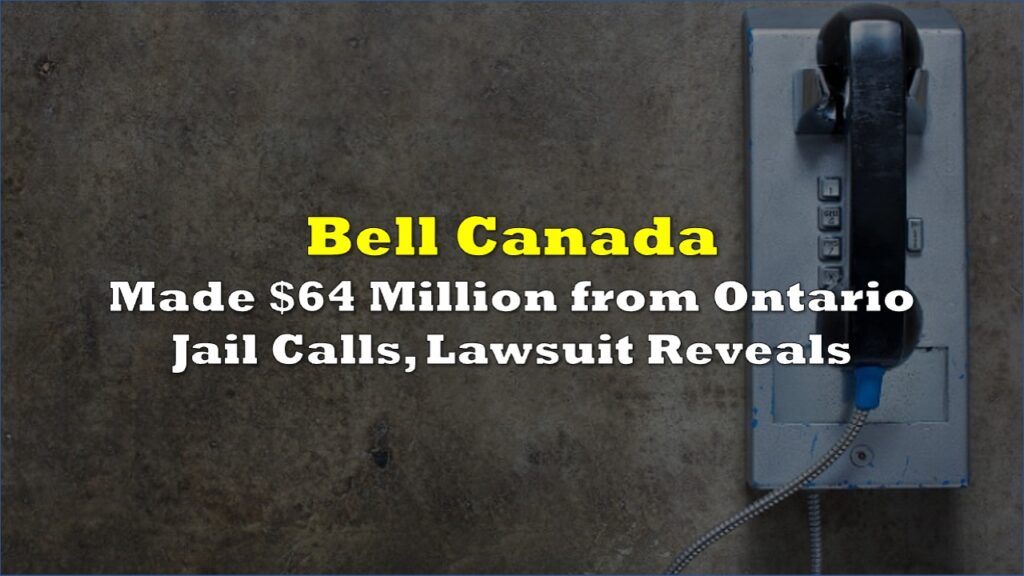Canada’s broadcast regulator on Tuesday released an updated definition of Canadian content as part of implementing sweeping regulations that bring streaming platforms like Netflix and Spotify under the same framework as traditional broadcasters.
The Canadian Radio-television and Telecommunications Commission’s decision marks the latest step in modernizing broadcasting rules Canada hasn’t substantially updated since 1991. Here’s what the regulations actually require.
Who the Rules Apply To
The regulations apply to streaming platforms — the companies operating the services — not individual content creators.
Specifically, streaming services earning $25 million or more in Canadian revenues must comply. This includes major platforms like Netflix, Amazon Prime Video, Spotify, Apple Music and Disney Plus. The regulations also cover YouTube as a platform, though the CRTC does not regulate individual YouTubers.
The CRTC exempts services earning less than $10 million in Canadian broadcasting revenues from registration requirements.
The 5% Contribution Requirement
Under regulations that took effect September 1, covered streaming services must contribute 5% of their Canadian revenues to support Canadian content. The CRTC estimates this will generate approximately $200 million annually.
The CRTC directs the money toward local news, Indigenous content, French-language programming and productions by underrepresented communities. Services can direct some contributions to the Canadian Media Fund or make direct expenditures on certified Canadian content.
Reporting and Disclosure Requirements
Large platforms must submit annual financial reports disclosing their Canadian broadcasting revenues and spending on Canadian content. The CRTC will publish this information publicly, despite platforms raising concerns about competitive harm.
How Canadian Content Is Defined
Tuesday’s decision updated the points-based system that determines whether television shows and films qualify as Canadian content. Productions must achieve at least 60% of available points, earned by employing Canadians in key creative roles like director, screenwriter, showrunner and lead performers.
The updated definition recognizes a broader range of creative positions than before, including visual effects directors, costume designers and makeup artists. Canadians must hold at least 20% of copyright. The CRTC also specified that humans, not artificial intelligence, must hold key creative positions.
Some Misleading Claims
Some social media posts have claimed the regulations force individual content creators to verify their citizenship, provide legal proof of Canadian content status and submit annual diversity reports. These claims misrepresent how the legislation works.
So new Canadian government regulations just dropped on streaming platforms/content creators and they're INSANE 🧵
— Jeff Ballingall (@JeffBallingall) November 19, 2025
How the Industry has Reacted
The regulations apply to platforms — the companies operating streaming services — not to individual creators posting videos. In 2022, then-CRTC Chair Ian Scott said that “the CRTC has no intention of regulating individual TikTokers, YouTubers or other digital content creators.” The Broadcasting Act explicitly excludes user-generated content uploaded to social media services by individual users.
The regulations have drawn criticism from multiple directions. Foreign streaming platforms, including Netflix, Amazon Prime Video, and Spotify, are challenging the 5% contribution requirement in court. The Motion Picture Association-Canada argues the rules discriminate against US companies and creates trade barriers.
Some Canadian creators have expressed concern that platform-level changes could indirectly affect them. YouTube has warned that if platforms must promote certified Canadian content in recommendation algorithms, platforms might show videos to audiences with no interest in them, potentially harming creator revenue.
Digital rights group OpenMedia criticized Tuesday’s updated Canadian content definition for being too rigid, noting a production only receives bonus points for Canadian settings and characters if all settings and all lead characters are Canadian. The Canadian Association of Broadcasters supported the decision as balanced.
What’s Next
The Online Streaming Act, formerly Bill C-11, became law in April 2023 as the first major update to Canada’s Broadcasting Act since 1991. The legislation aims to ensure foreign streaming platforms contribute to Canadian content production on par with traditional broadcasters.
Tuesday’s decision on the Canadian content definition is the first of two major policy releases from the CRTC’s consultation. The CRTC will issue a second regulatory policy addressing spending requirements on Canadian programming and news content in the coming months.
Information for this story was found via the sources and companies mentioned. The author has no securities or affiliations related to the organizations discussed. Not a recommendation to buy or sell. Always do additional research and consult a professional before purchasing a security. The author holds no licenses.









